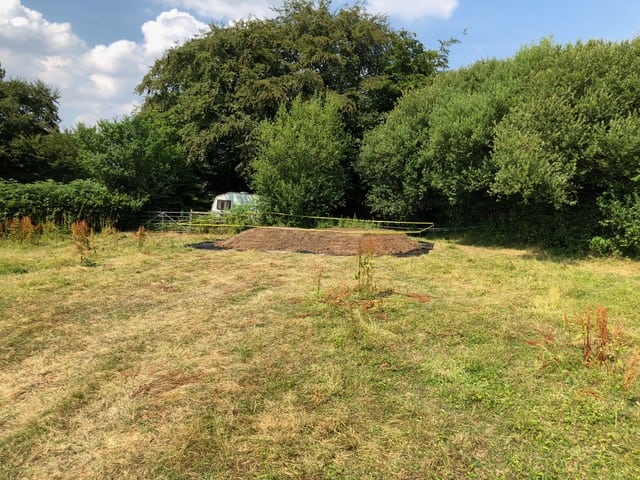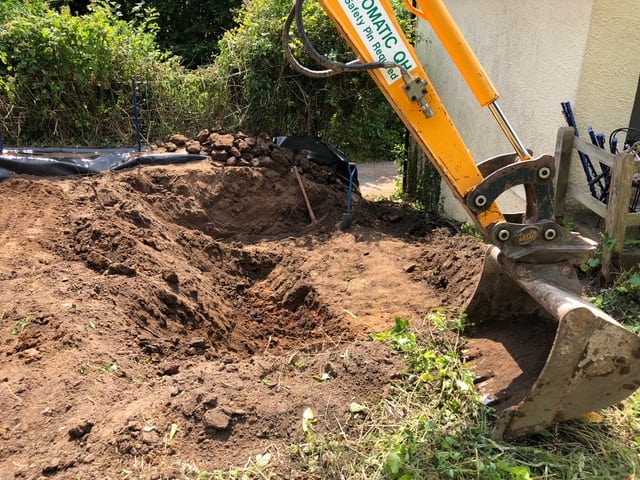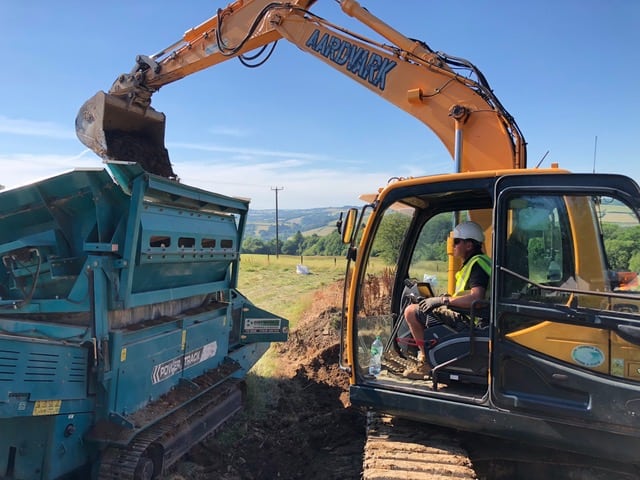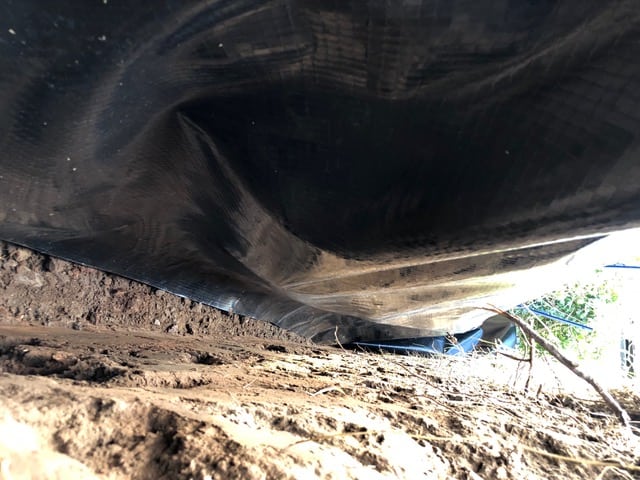Residential or Commercial Japanese Knotweed – We Have the Solution
As each site is unique, treatment starts with our qualified assessors. They will visit your property to determine the appropriate course of action for Japanese Knotweed treatment or removal in line with our management plan. This may involve one or more of the following proven Knotweed control methods:
- Herbicide Application Program (HAP)
- Stem injection
- Dig & dump (landfill)
- On-site burial
- Cell burial
- Root barriers (Geo textile membranes)
- Japanese Knotweed Bund in Devon
- Excavating Japanese Knotweed in Devon
- Screening Japanese Knotweed in Devon
- Japanese Knotweed Vertical Barrier in Devon
Which Japanese Knotweed Treatment Option is the Right one?
The right approach depends on your site conditions, urgency, and long-term plans. For example, where there is no immediate construction planned, Japanese Knotweed treatment using a Herbicide Application Program (HAP) may be the most cost-effective solution.
Some mortgage lenders will accept a property if a professional management plan and HAP are in place. For urgent cases, however, faster methods such as excavation and landfill removal may be required.
South West Knotweed have the experience and accreditation to provide all recognised methods of Japanese Knotweed removal and treatment across Devon and Cornwall.



